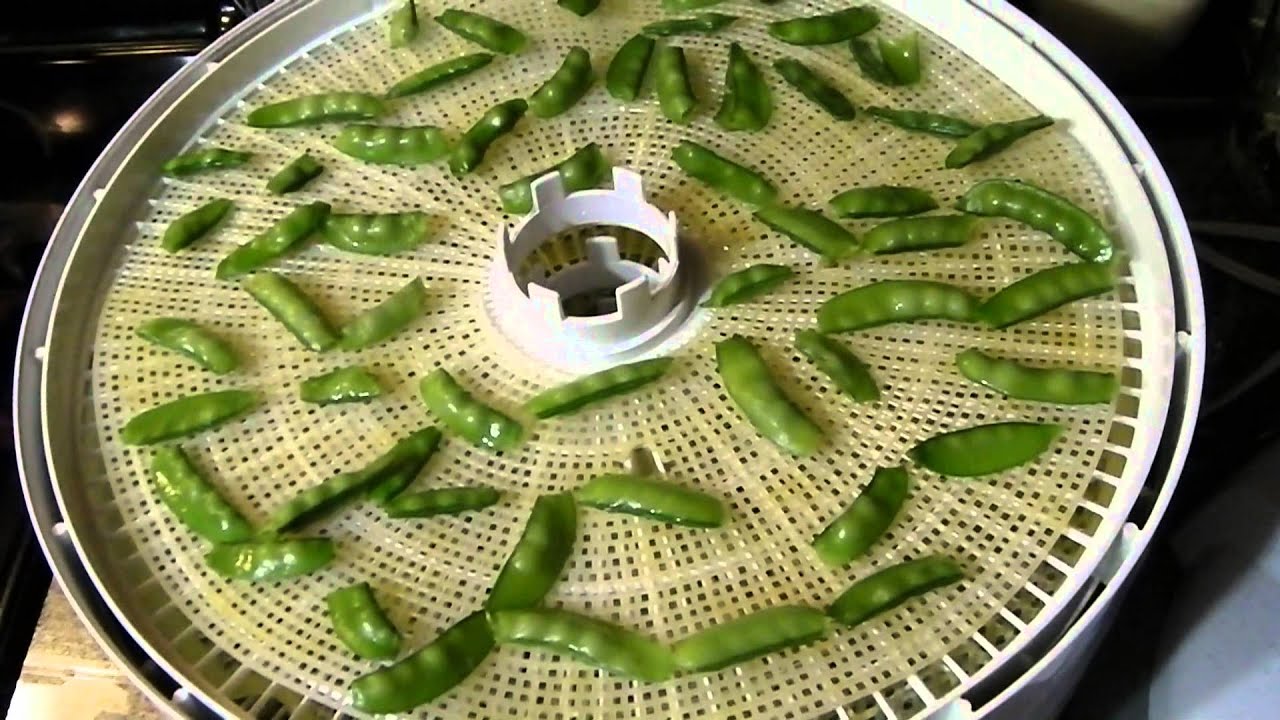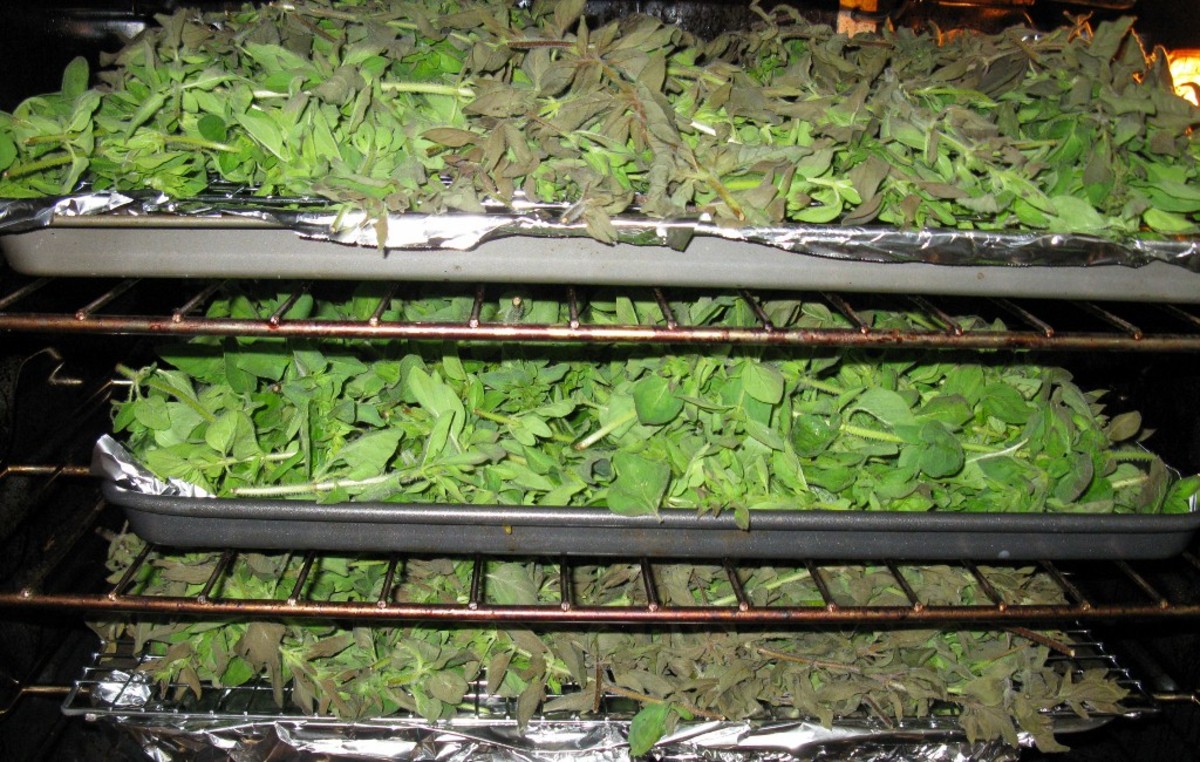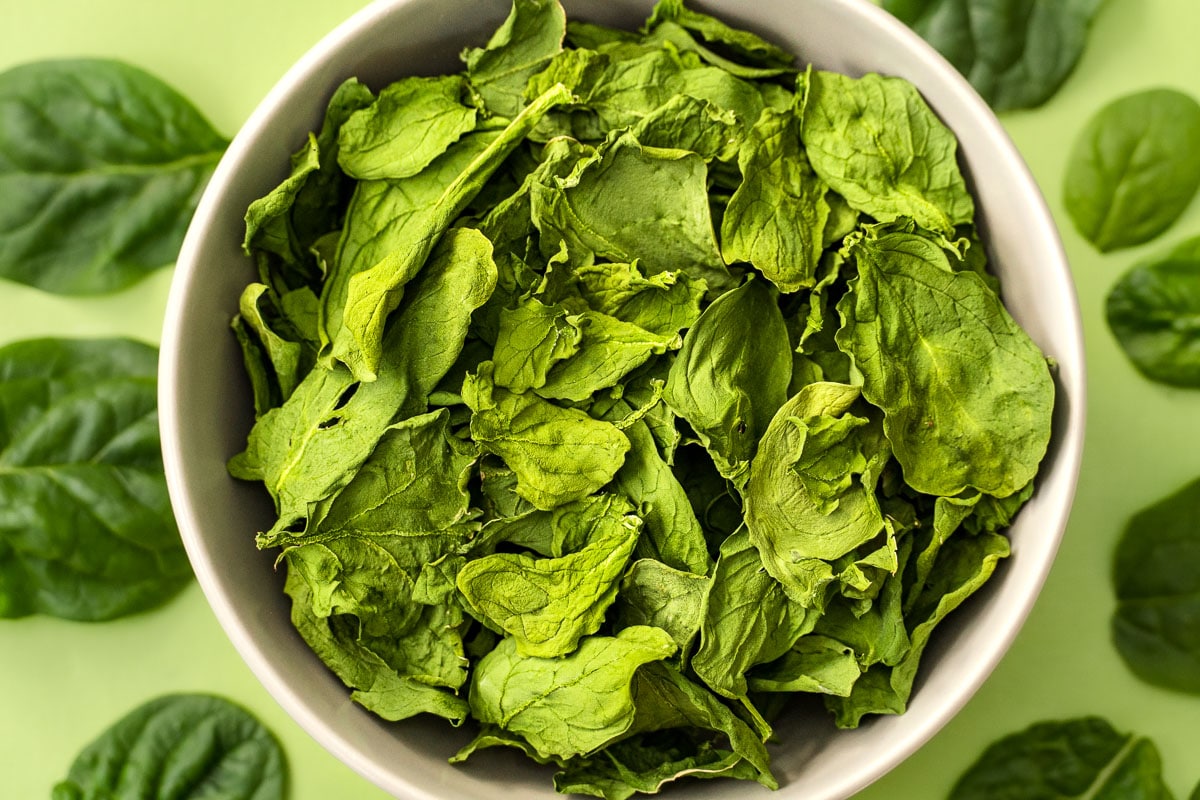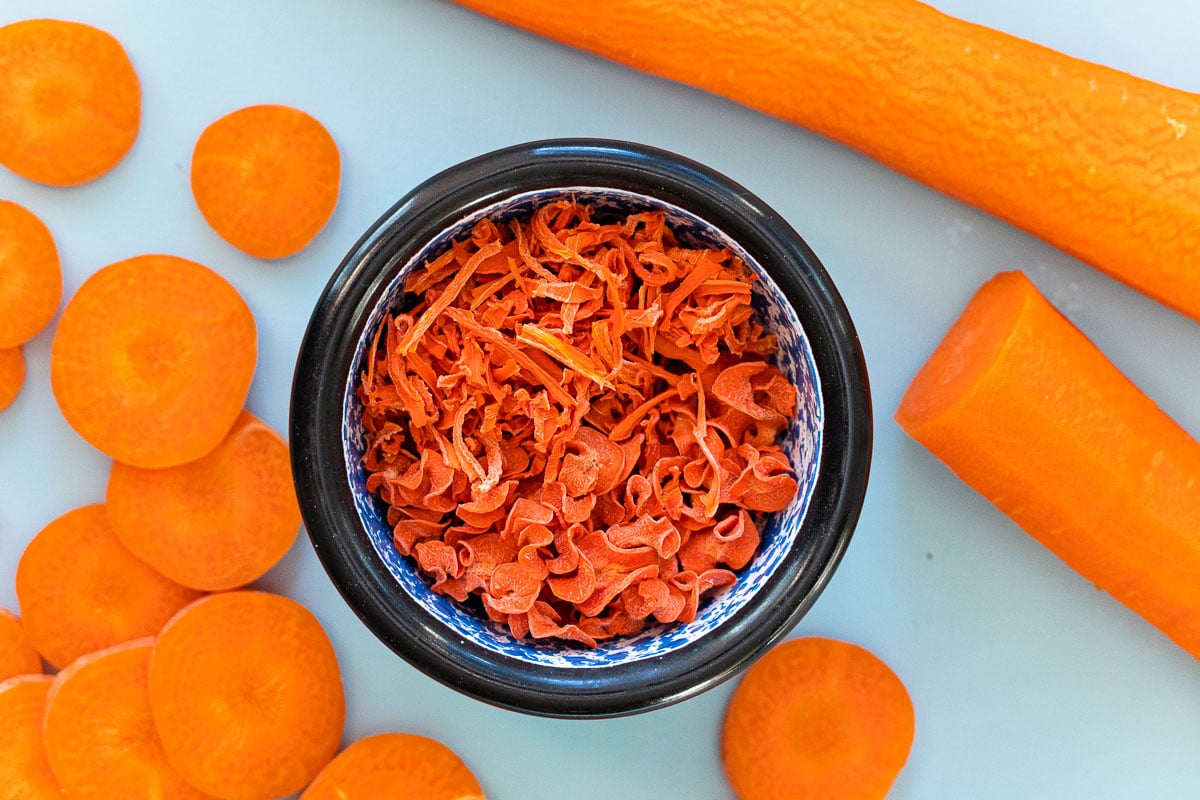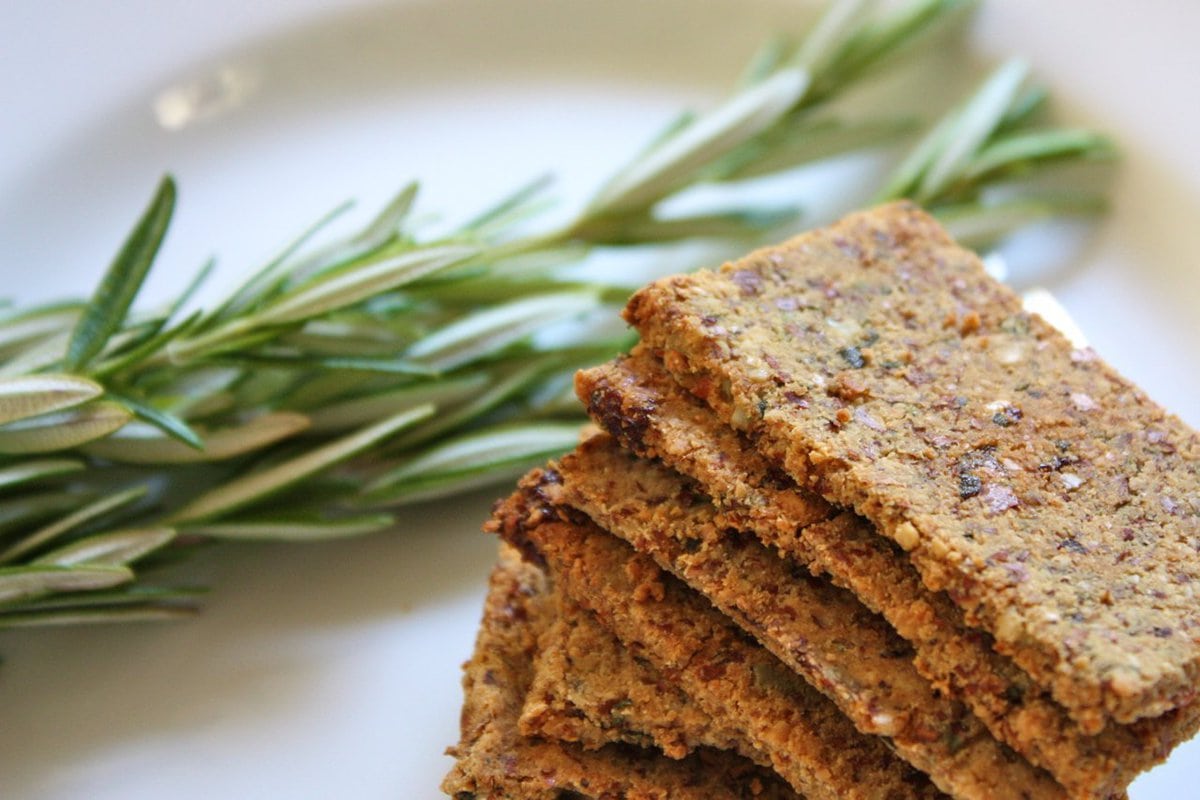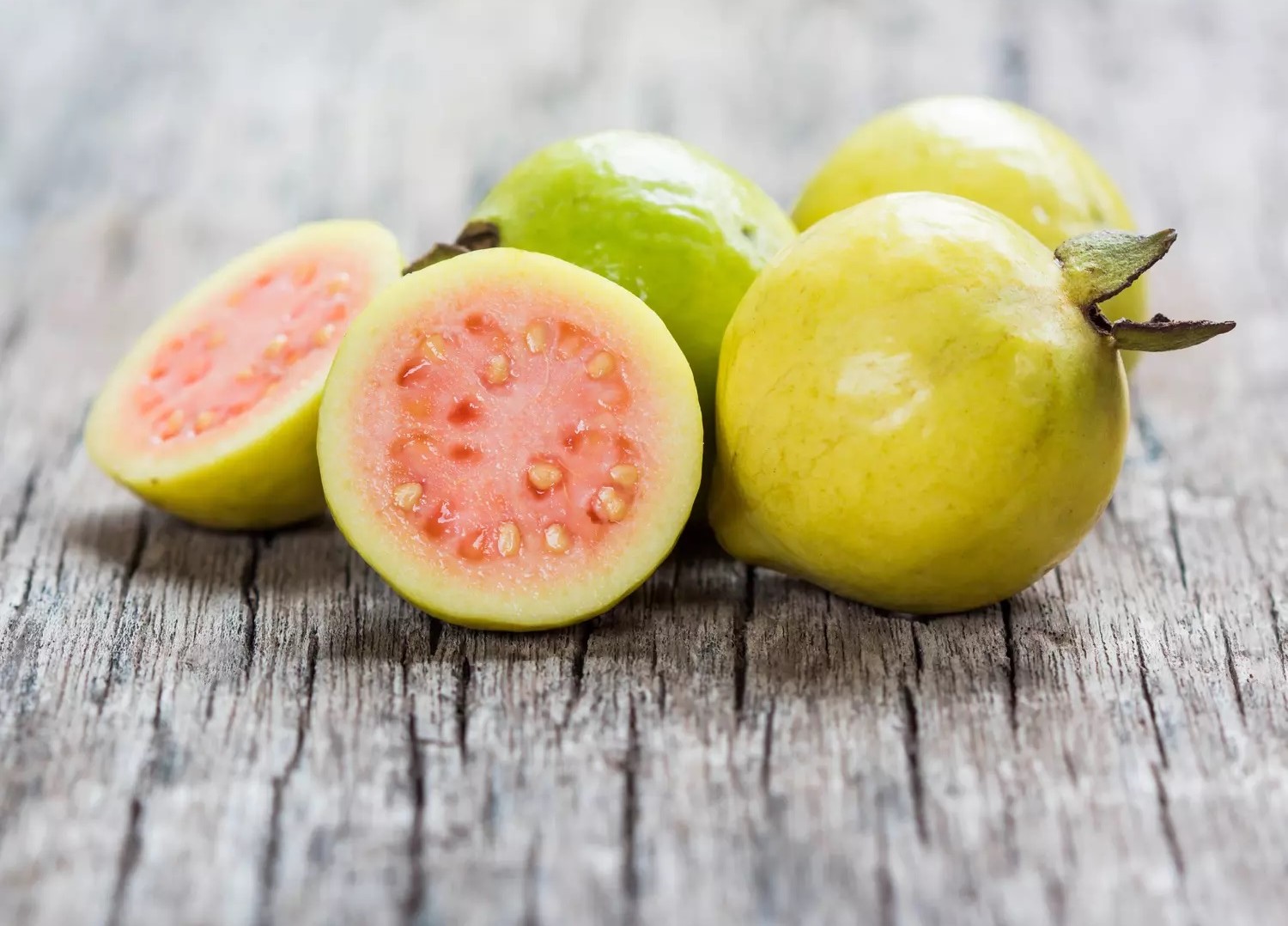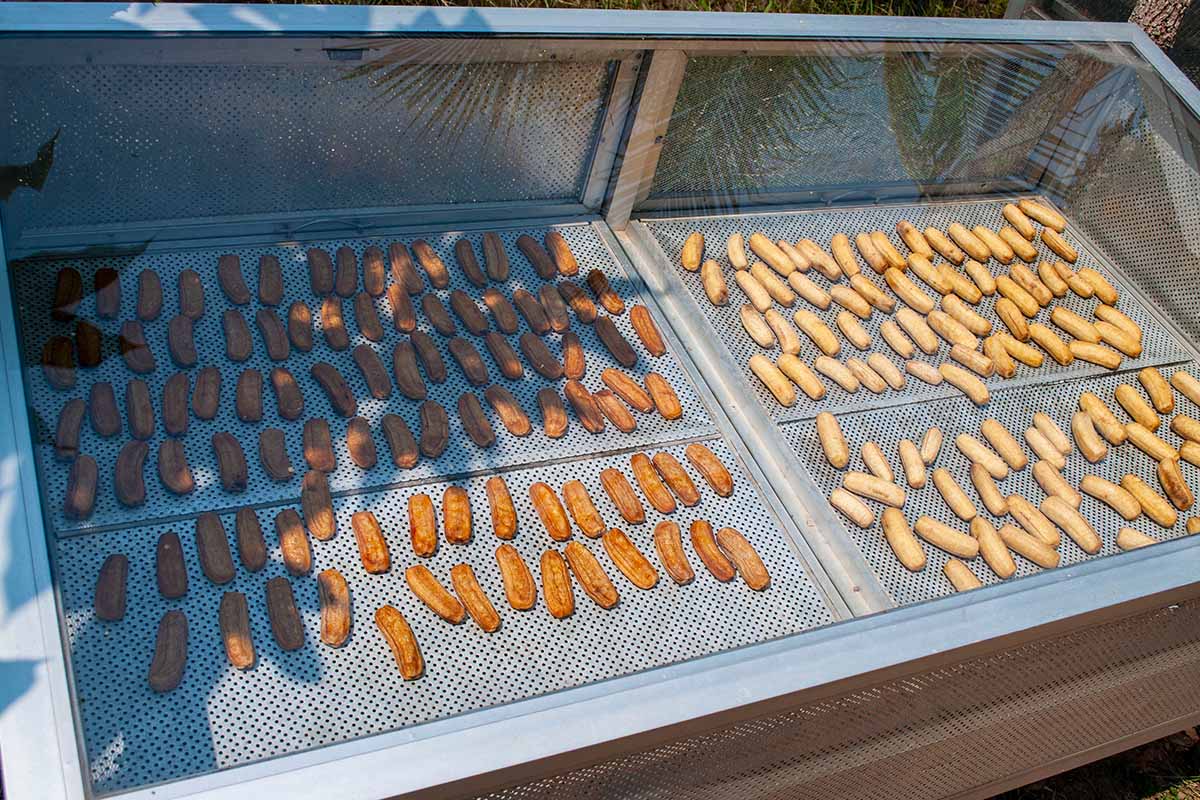Dehydrating Lemon Peels in the Oven
Dehydrating lemon peels is a great way to preserve the bright, citrusy flavor of lemons for use in cooking, baking, and even making refreshing tea. While there are various methods for dehydrating lemon peels, using an oven is a simple and effective way to achieve this. Here’s a step-by-step guide on how to dehydrate lemon peels in the oven.
What You’ll Need
Before you begin, gather the following supplies:
- Fresh lemons
- A sharp knife
- A baking sheet
- Parchment paper
- An oven
Step 1: Prepare the Lemons
Thoroughly wash the lemons to remove any dirt or residue. Using a sharp knife, carefully peel the lemons, ensuring to remove only the outer yellow zest and leaving the bitter white pith behind.
Step 2: Preheat the Oven
Preheat your oven to the lowest setting, ideally around 140°F (60°C). This low temperature will gently dehydrate the lemon peels without cooking them.
Step 3: Arrange the Lemon Peels
Line a baking sheet with parchment paper. Arrange the lemon peels in a single layer on the prepared baking sheet, ensuring that they do not overlap. This will allow for even dehydration.
Step 4: Dehydrate in the Oven
Place the baking sheet in the preheated oven and let the lemon peels dehydrate for 1-2 hours. Keep an eye on them to prevent over-drying. The peels are ready when they feel dry to the touch and have become slightly curled.
Step 5: Cool and Store
Once the lemon peels are dehydrated, remove them from the oven and allow them to cool completely. Once cooled, transfer the dried lemon peels to an airtight container or resealable bag for storage. Store them in a cool, dry place away from direct sunlight.
Using Dehydrated Lemon Peels
Dehydrated lemon peels can be used in a variety of culinary applications. Grind them into a fine powder to add a burst of citrus flavor to dishes, or steep them in hot water to make a refreshing lemon peel tea. They can also be added to baked goods, marinades, and salad dressings for a zesty kick.
Now that you know how to dehydrate lemon peels in the oven, you can enjoy the bright, tangy flavor of lemons year-round. This simple preservation method allows you to make the most of this versatile citrus fruit and enhance your culinary creations with a pop of citrusy goodness.
So, the next time you have an abundance of lemons, consider dehydrating their peels in the oven to extend their shelf life and elevate your dishes with a burst of lemony flavor.
Readers can dive into a variety of delicious recipes that make use of dehydrated lemon peels. Try making Lemon-Infused Olive Oil for a burst of citrus flavor in your salads and marinades. For a unique twist on cocktails, Citrus-Infused Vodka is a must-try. Baking enthusiasts will love the Lemon Peel Powder Cake, which brings a zestier note to traditional cakes. For a delightful treat, Lemon Peel Shortbread Cookies offer a perfect balance of sweet and tangy. Lastly, Lemon Peel-Enhanced Hot Toddy is an excellent choice for a warm, comforting drink on chilly nights. These recipes will not only utilize your dehydrated lemon peels but also elevate your culinary creations.



